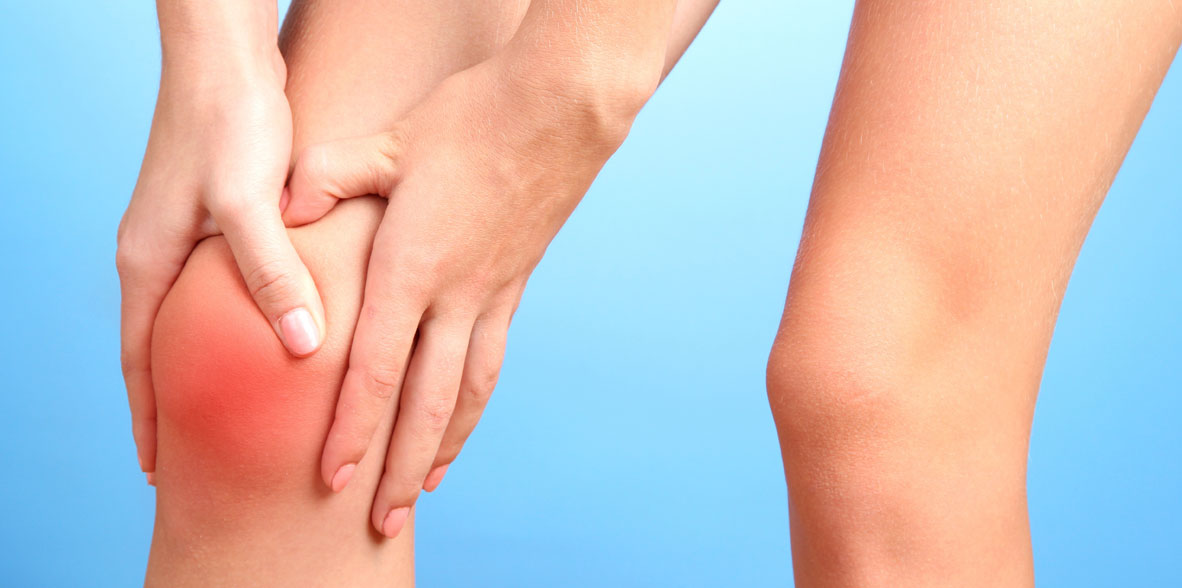
Consultation area

Castro Domínguez FranciscoRheumatology
 Centro Médico Teknonen/health-centers/centro-medico-teknon
Centro Médico Teknonen/health-centers/centro-medico-teknon- Centro Médico Teknonen/health-centers/centro-medico-teknonHospital Universitari General de Catalunyaen/health-centers/hospital-universitari-general-catalunya
 Centro Médico Teknonen/health-centers/centro-medico-teknonHospital Universitari Sagrat Coren/health-centers/hospital-universitari-sagrat-cor
Centro Médico Teknonen/health-centers/centro-medico-teknonHospital Universitari Sagrat Coren/health-centers/hospital-universitari-sagrat-cor
Herniated Disc, also known as a slipped or ruptured disc, is a spinal condition where the soft inner core of an intervertebral disc protrudes through the tough outer layer. It can lead to a variety of symptoms.
Presentation Symptoms:
- Pain: The most common symptom is localized or radiating pain. The location of the pain depends on the level of the herniated disc. For example, a herniation in the lumbar spine may cause low back pain that radiates down the leg (sciatica), while a cervical disc herniation may result in neck and arm pain.
- Numbness and Tingling: Numbness and tingling, often referred to as paresthesia, can occur in the area where the affected nerve travels. For example, a herniated lumbar disc can lead to numbness or tingling in the buttocks, legs, or feet.
- Muscle Weakness: Weakness in the muscles supplied by the affected nerve may occur. For instance, a herniated cervical disc might cause weakness in the arm or hand.
- Altered Reflexes: Reflexes, such as the knee-jerk reflex, may be affected.
- Changes in Sensation: Changes in sensation, such as a loss of feeling or a heightened sensitivity to touch, can occur.
- Bowel or Bladder Dysfunction: In severe cases where a herniated disc compresses the spinal cord in the lumbar spine, urinary or bowel dysfunction may develop. This is a medical emergency.
Diagnosis:
Clinical Evaluation: A detailed medical history and physical examination by a healthcare provider, with a focus on the patient's symptoms, pain, and neurological function.
Imaging Studies:
- MRI (Magnetic Resonance Imaging): MRI is the most common and effective imaging technique for visualizing herniated discs and assessing the extent of nerve compression.
- CT Scan (Computed Tomography): CT scans can provide detailed cross-sectional images of the spine and may be used in certain cases.
Electrodiagnostic Tests:
- Electromyography (EMG): EMG measures muscle activity and can help determine if there is nerve damage or compression.
- Nerve Conduction Studies: These tests assess the speed of electrical impulses through nerves.
Treatment:
Conservative Management:
- Rest and Activity Modification: Rest and avoiding activities that worsen symptoms can help the body heal.
- Physical Therapy: Physical therapy with exercises that strengthen supporting muscles, improve posture, and increase flexibility can provide relief.
- Medications: Nonsteroidal anti-inflammatory drugs (NSAIDs), muscle relaxants, and pain medications may be prescribed.
- Epidural Steroid Injections: Corticosteroid injections into the epidural space around the spinal cord can reduce inflammation and provide temporary pain relief.
Surgical Interventions:
- Discectomy: In cases where conservative treatments fail to alleviate symptoms or in the presence of severe neurological deficits, a discectomy may be recommended. This procedure involves removing the portion of the disc that is compressing the nerve.
- Laminectomy: If a herniated disc is causing spinal cord compression, a laminectomy may be performed to remove a portion of the vertebral bone to create more space.
- Spinal Fusion: Spinal fusion may be recommended to stabilize the spine in cases of severe instability or deformity resulting from a discectomy or laminectomy.



































